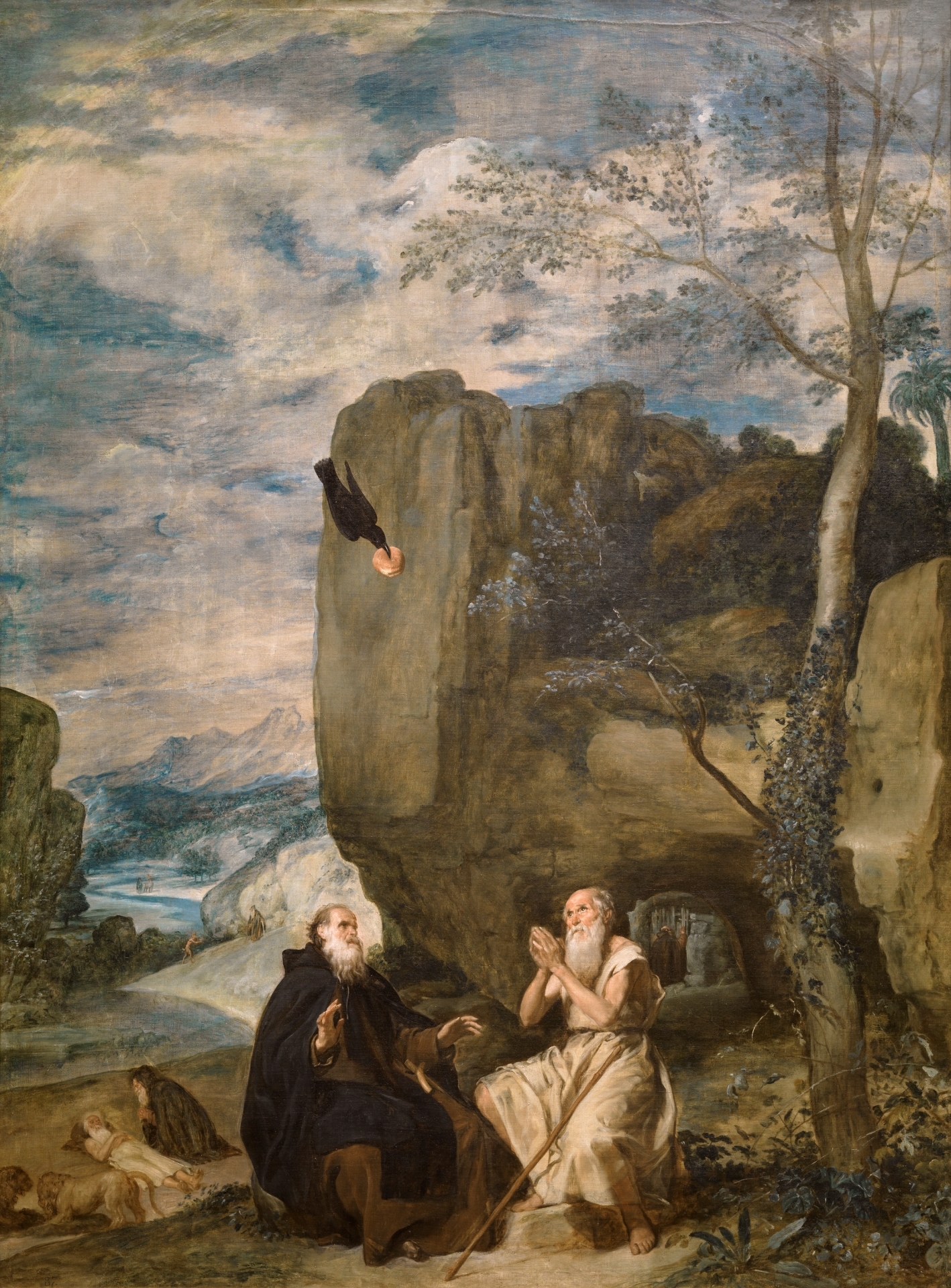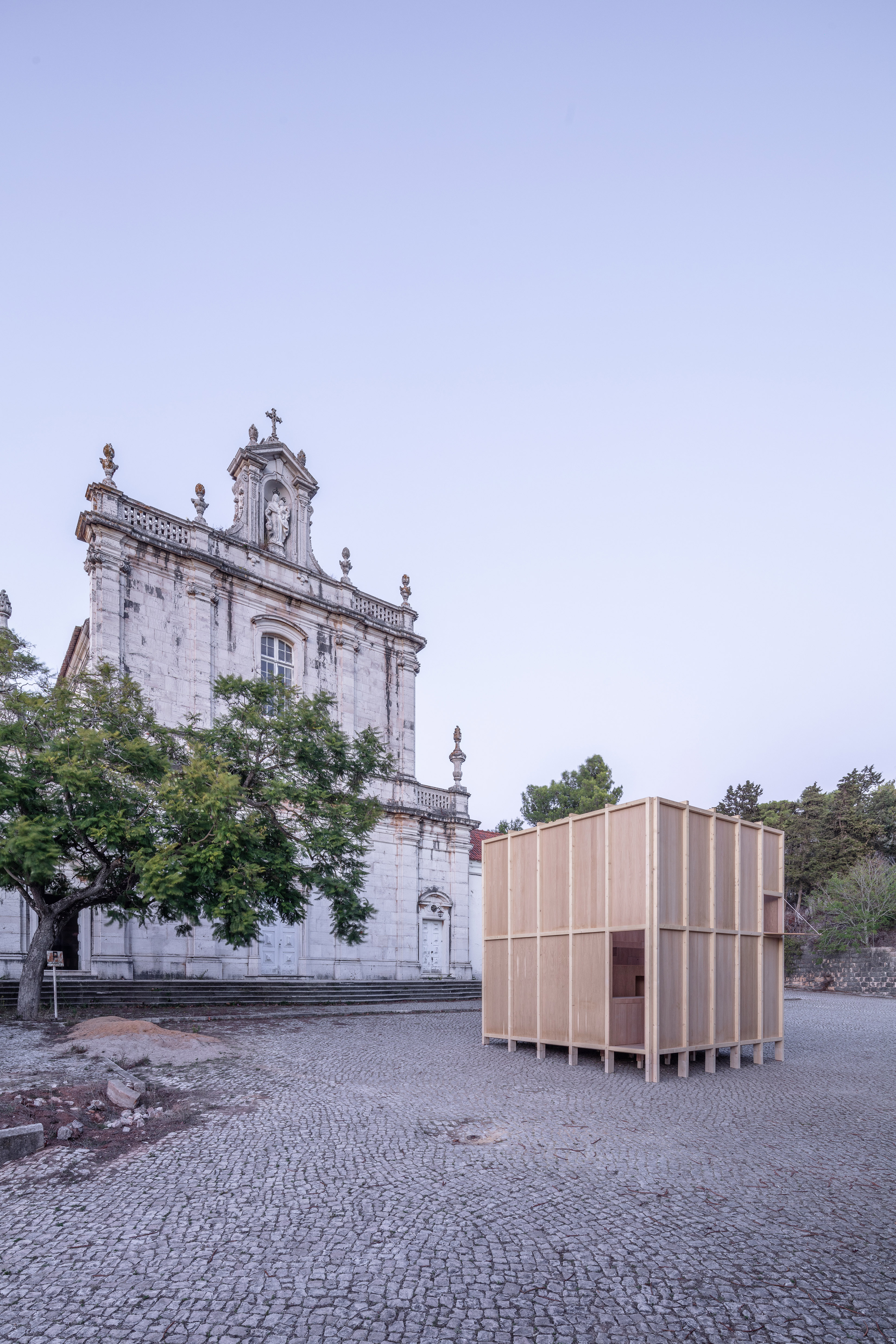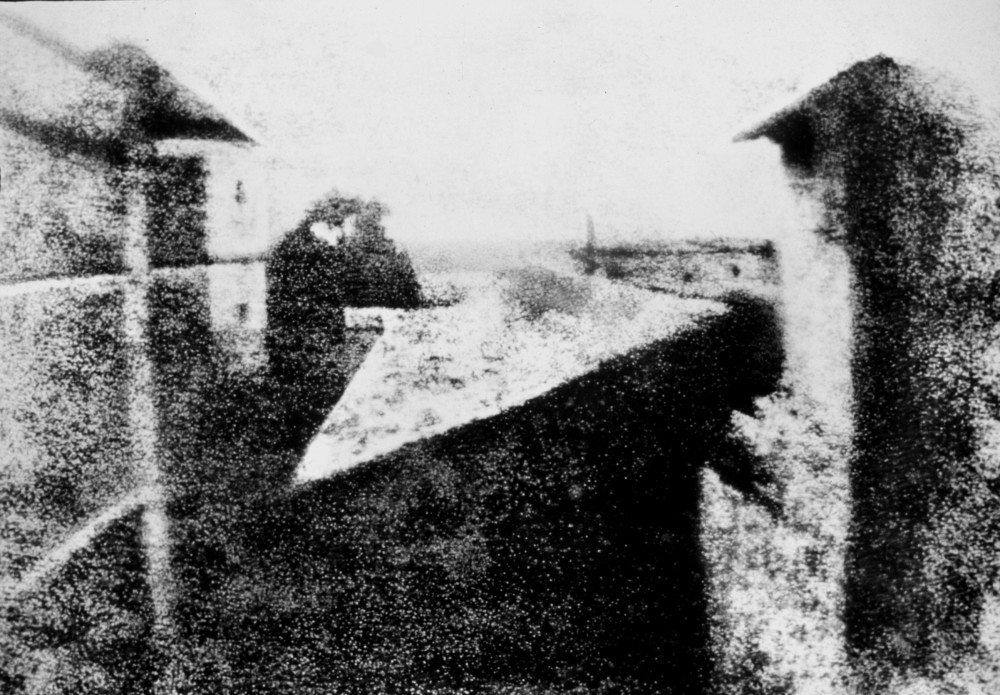Issue #31: Architecture
In this issue we feature the architectural installation A Certain Kind of Life from the 2019 Lisbon Architecture Triennale, alongside essays and a conversation with the architects; an essay on the meaning of conceptualism in the work of Le Corbusier and Matisse; an exploration of Eric Mendelsohn’s architectural photography; and Roger Lancaster addresses Judith Butler’s response to COVID-19. Edited by Walter Benn Michaels and Todd Cronan.

Inside the issue
The Recluse
BY Walter Benn MichaelsApril 10, 2020
By contrast, what the idea of the rule provides is a relation to the self—to sleeping, washing, eating, excreting and reflecting—that embodies an understanding of the social constituted neither by an assemblage of solitaries nor by the model of the epistolary relations between the writer and the “others” whose “help” he needs to cultivate himself properly. It would be too much to say that in the seven “Deserts” we see the struggle between capital and labor. But it would be exactly right to say that we see emblems not of self-care but of both conflict and of ideology.
Deserts: Cells for certain individuals
BY Jimmy Carter, Abigail Chang, Francesco Marullo & Agata SiemionowApril 10, 2020
Carthusians refer to their cells as deserts. The cell is a remote site at the margins of civilization, distant from the noise of society and mundane temptations. A desert is not only the place where all customs, traditions, and historical stratifications fall apart, but also where any consolidated societal structure can be questioned and examined from an estranged point of observation.
The Light in Architecture: Eric Mendelsohn’s Photographic Expressionism
BY Genevieve HendricksApril 10, 2020
Erich Mendelsohn’s work as draughtsman, architect, photographer and writer reveals his intense involvement with the development of German Modernism during the 1920s. He was one of the few members of the European Avant-Garde to travel to the United States, and the photographs that he published of his travels provided a radical revision of the American urban landscape and reshaped the perception of the US in Europe. In turn, this shaped the way in which he wanted his own buildings to be photographed, and recognizing the power of photographic effect and the printed page to impact the general public, as well as specialists, he explored the ways in which photography could be used in order to deliver a specific message of Modernity.
How Not to Tackle COVID-19: Butler’s Anticapitalism
BY Roger LancasterApril 10, 2020
By contrast, the wonderful thing about a socialist perspective is that it doesn’t ask you to show your ID papers, to demonstrate your worthiness, to haul out the testimony of ancestors—or even for that matter to account for proximate causes (like whether you smoke or eat pork or drink alcohol and soft drinks). Socialism doesn’t care how you got those comorbidity factors (diabetes, a heart condition, hypertension, etc.) that play an outsized role in the current health crisis. You’re going to get the healthcare you need because everyone is going to get it.
It’s Not About You
BY Francesco Marullo, Jimmy Carter & Robert SomolApril 10, 2020
The whole point is its refusal of all that: refusal of the parallel-processing, refusal of Foucauldian discipline. It’s a different model of discipline. You go back into your cell and you figure out what you think you’re supposed to do and you can either do it or not do it. Either way, you’re not withdrawing from the office. You’re reconceptualizing the office as a rule, and you’re establishing yourself in relation to the rule. It makes every part of your activity an activity that has some relation to the rule. Especially when you don’t do what you’re supposed to.
Le Corbusier, Matisse, and the Meaning of Conceptual Art
BY Todd CronanApril 10, 2020
The humanities is devoted to a “bad picture” of intentionality. And the devotion to this picture is embraced above all by anti-intentionalists. Looking closely at the seemingly suspect commitments of two conceptually driven artists—Le Corbusier and Henri Matisse—I show the necessity for distinguishing between inner and outer, idea and execution, and how those terms are mutually imbricated. Failing to address “private” experience, as anti-intentionalists do, generates an inverted form of Cartesianism.
At which point, I have to wonder. A great many things.
Why Do Universities (Still) Have Endowments?
BY Charles PalermoMay 18, 2020
While trustees of institutions with large endowments may think they’re guarding intergenerational equity or intragenerational equity (in the form of expanded access in the present), they are really merely mounting vigorous campaigns of wealth accumulation that increase inequality. So why do these universities still have endowments?
The Work of Feelings in Public Schools
BY Daniel GonzalezMay 18, 2020
Public schools that design curriculum to focus on belonging and social emotional skills are training students for low-wage jobs—and non-ironically calling this training equity and inclusion. Valorizing equity in this way—at the level of feelings—doesn’t only mean pushing aside teaching novels and covering anti-racist art if it makes students feel bad. It also means cultivating a principled indifference to the real wages of the working poor, including those who work for public schools.
Nineteen Gnomic Stanzas
BY Anthony MadridMay 24, 2020
A bison will savor a dust wallow.
His motto is “Anything goes.”
Have a look at the ants in the closet
eating your clothes.











